
.png)
30-09-23
Tax withholding and reporting can be a daunting task for individuals and businesses alike. The intricacies of tax laws, forms, and deadlines can leave you feeling overwhelmed. However, with the right knowledge and support, you can navigate this complex process smoothly. In this step-by-step guide, we will break down the essentials of tax withholding and reporting, providing you with valuable insights to ensure compliance and minimize your tax liability. Plus, we'll introduce you to 360 Accounting Pro's tax services, designed to make your tax journey painless and worry-free.
Understanding Tax Withholding
1. Determining Your Tax Filing Status
The first crucial step in the world of tax withholding and reporting is determining your tax filing status. Your filing status directly impacts the tax rates applicable to you and determines your eligibility for various deductions and credits Choosing the right status is essential for minimizing your tax liability.
2. Calculating Your Taxable Income
Your taxable income forms the basis upon which your taxes are calculated. To calculate it, subtract eligible deductions from your total income. These deductions can encompass a wide range of items, including mortgage interest, student loan interest, medical expenses, and more. Reducing your taxable income is a key strategy for lowering your overall tax liability.
3. Determining Your Tax Liability
This step involves applying the tax brackets relevant to your filing status. outsourcing sales Tax services brackets outline the percentage of your income that you owe in taxes. Remember that tax laws can change, so it's important to stay informed about the latest tax rates.
4. Grasping Tax Withholding
Tax withholding refers to the amount of money that your employer deducts from your paycheck to cover your federal income tax obligations. Your employer uses the information you provide on your W-4 form to determine the appropriate withholding amount. It's crucial to accurately complete this form to avoid either overpaying or underpaying your taxes.
5. Adjusting Your Withholding
If you find that you consistently receive substantial tax refunds or owe significant amounts during tax season, it might be time to adjust your tax withholding.. A qualified tax professional can assist you in determining the optimal withholding amount based on your financial circumstances.
Reporting Your Income
6. Gathering Your Income Documents
Before delving into the tax reporting process, gather all relevant income-related documents. These typically include W-2 forms (for employees), 1099 forms (for self-employed individuals or independent contractors), and any other relevant income documentation. Thorough preparation is key to accurate reporting.
7. Completing the Appropriate Tax Forms
The next step in tax withholding and reporting is completing the necessary tax forms. The specific form you use depends on your income sources and your tax situation. Commonly used forms include:
Incorporate eligible deductions and credits into your tax reporting process. These can significantly reduce your overall tax liability. Common deductions include those related to mortgage interest, charitable contributions, and medical expenses. Tax credits, such as the Child Tax Credit or Earned Income Tax Credit, can further enhance your tax savings.
9. Double-Checking Your Return
Before submitting your tax return, it's imperative to review it meticulously for accuracy. Errors or omissions can lead to processing delays or even trigger IRS audits. To ensure your return is error-free, consider using tax preparation software or seeking guidance from a tax professional.
10. Submitting Your Tax Return
Once you're confident in the accuracy of your tax return, it's time to submit it to the IRS. The deadline for individual tax returns is typically April 15th of each year, though it may vary due to weekends and holidays. If you require additional time, you can request an extension.
360 Accounting Pro: Your Tax Withholding and Reporting Ally
Navigating the complexities of tax withholding and reporting can be daunting, but you don't have to go through it alone. 360 Accounting Pro is your trusted partner in simplifying the process and ensuring compliance with tax laws. Our team of experienced professionals specializes in tax preparation and can guide you through every step of the journey.
How 360 Accounting Pro can support you
1.ExpertGuidance: Our seasoned tax professionals possess extensive knowledge of tax laws and regulations. We provide expert advice on tax planning, deductions, and credits to optimize your tax situation.
2. Precision Reporting: We guarantee the accurate reporting of your income, reducing the risk of errors that might lead to IRS audits or penalties.
3. Tax Efficiency: By assessing your financial situation, we help you fine-tune your tax withholding to ensure you're neither overpaying nor underpaying taxes throughout the year.
4. Deadline Adherence: We assist you in meeting all tax filing deadlines, alleviating the stress associated with last-minute filing.
5. Audit Assistance: In the rare event of an IRS audit, we offer comprehensive audit support to navigate the process with confidence.
Conclusion
Tax withholding and reporting are vital responsibilities, whether you're an individual or a business entity. It's a task that necessitates careful attention to detail and compliance with tax regulations. By following this step-by-step guide and enlisting the expertise of 360 Accounting Pro, you can streamline the process and ensure that your tax journey is not just smooth but also worry-free. Don't let the complexities of taxation overwhelm you—seize control of your financial future with our expert assistance. Contact us today to embark on a tax journey that is both seamless and stress-free. Your financial peace of mind is our priority.
Read more :- Unleashing the Power of Tax Transformation: 10 Benefits for U.S. Companies
Tags :


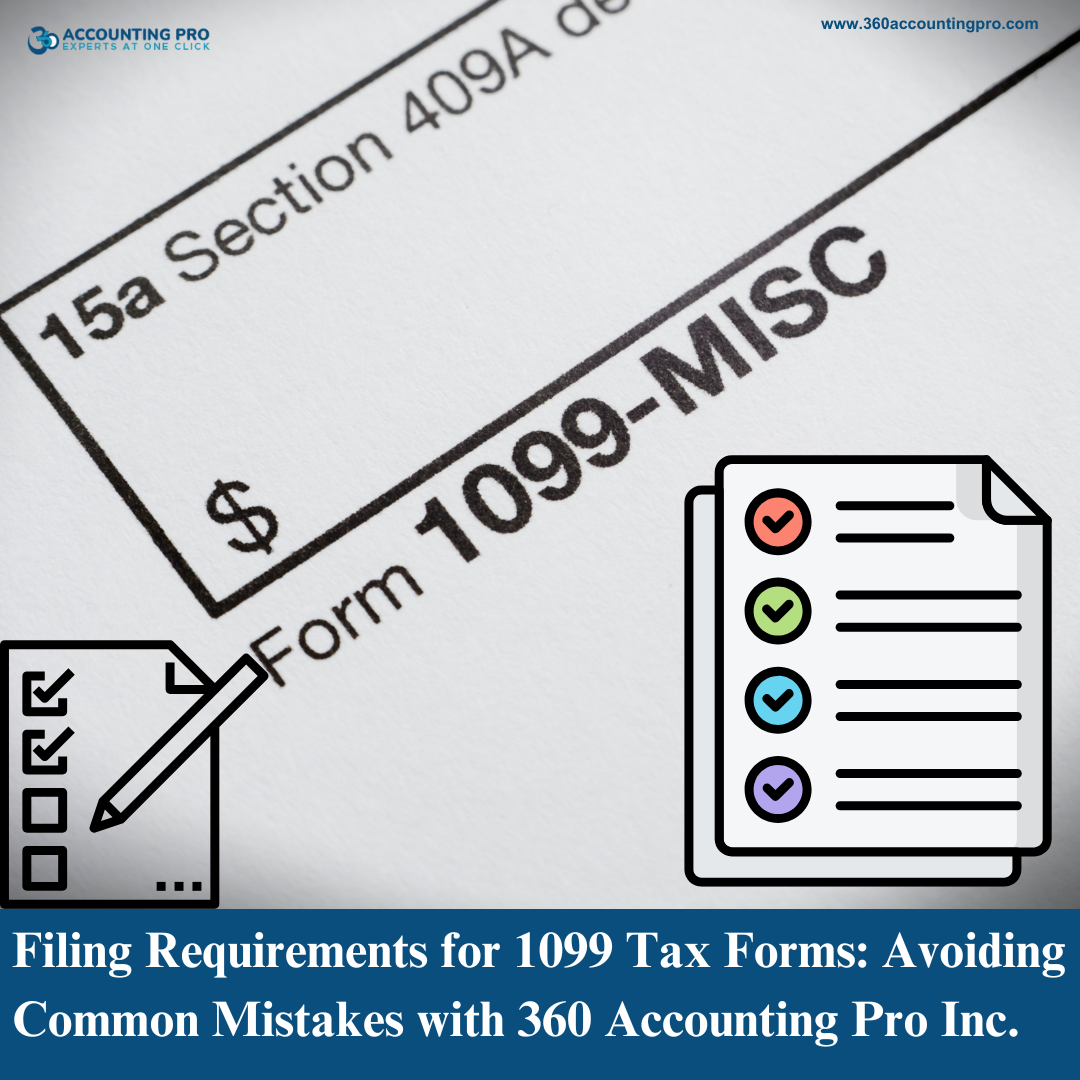



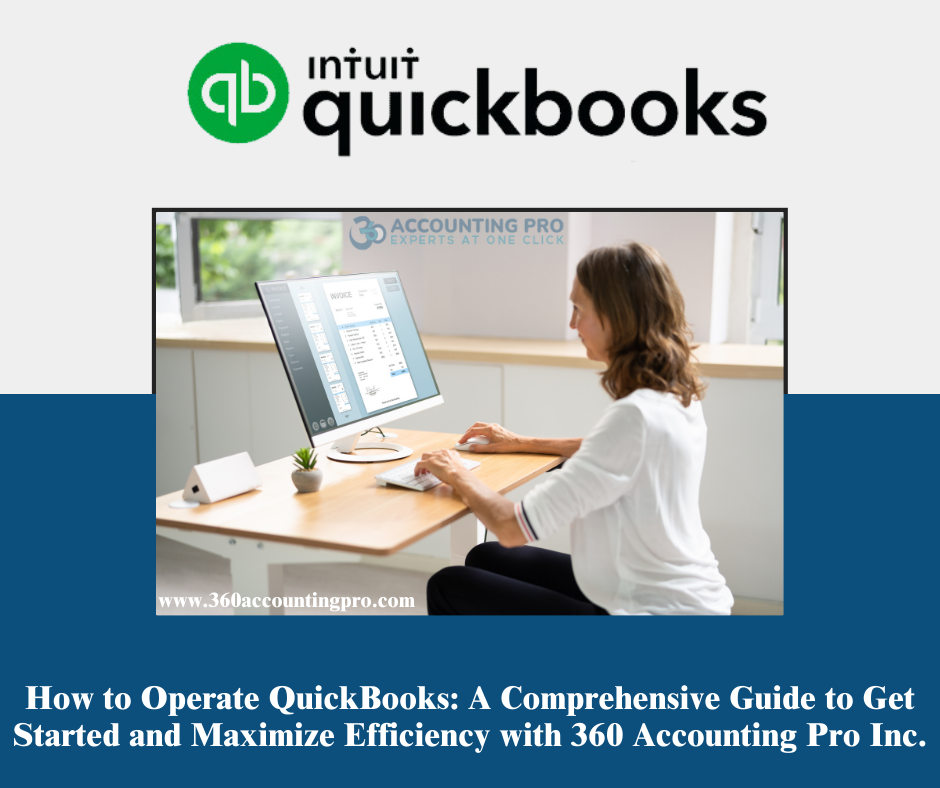

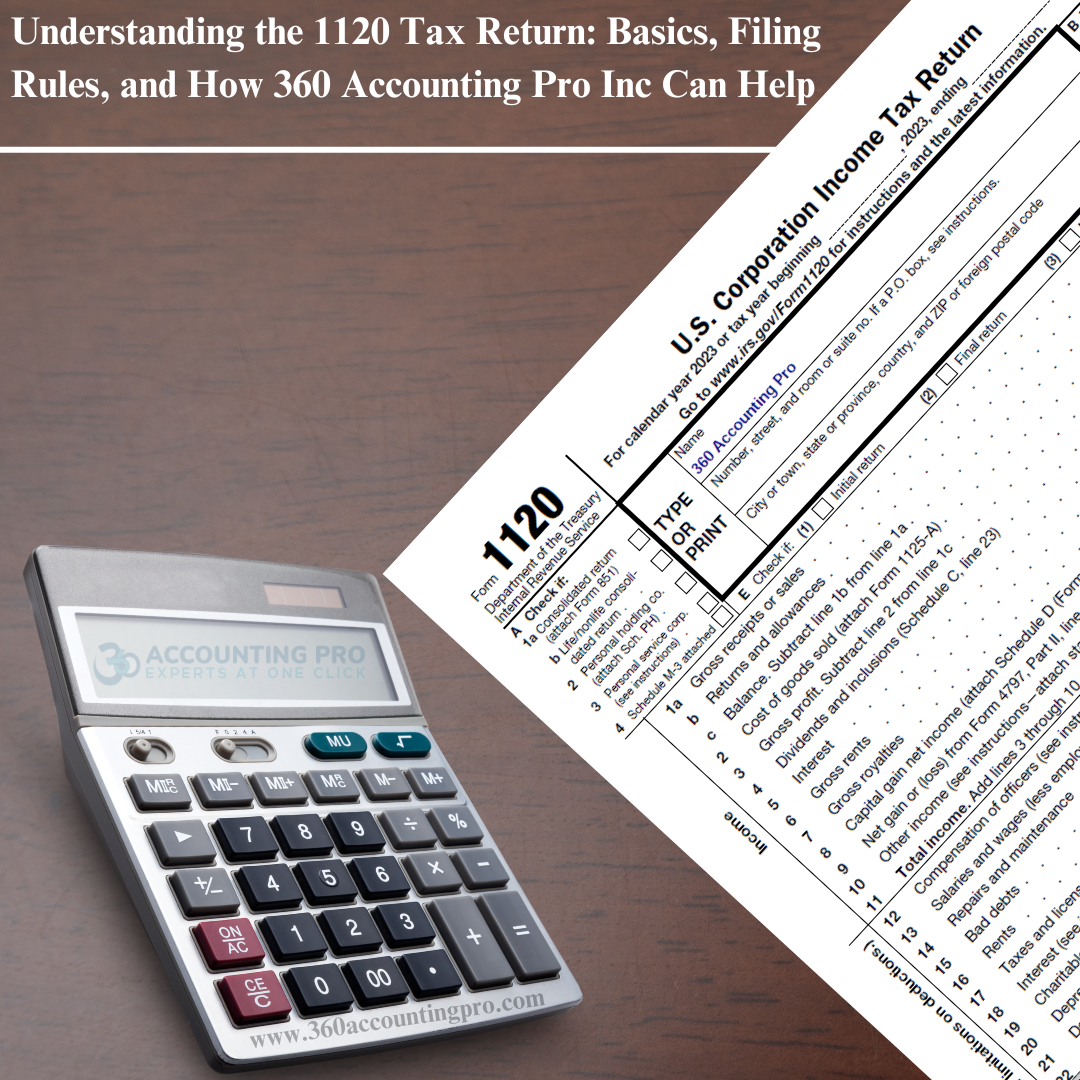

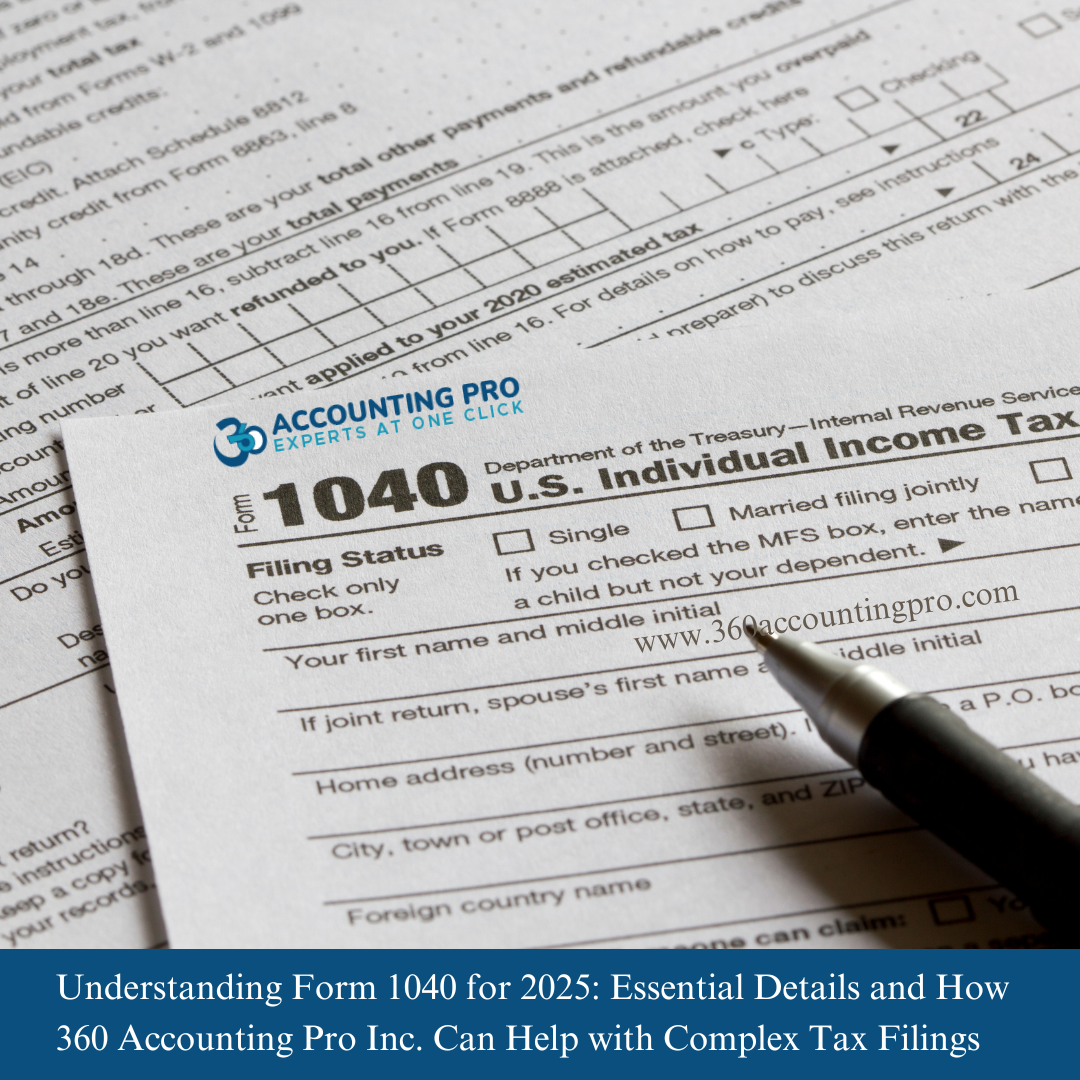























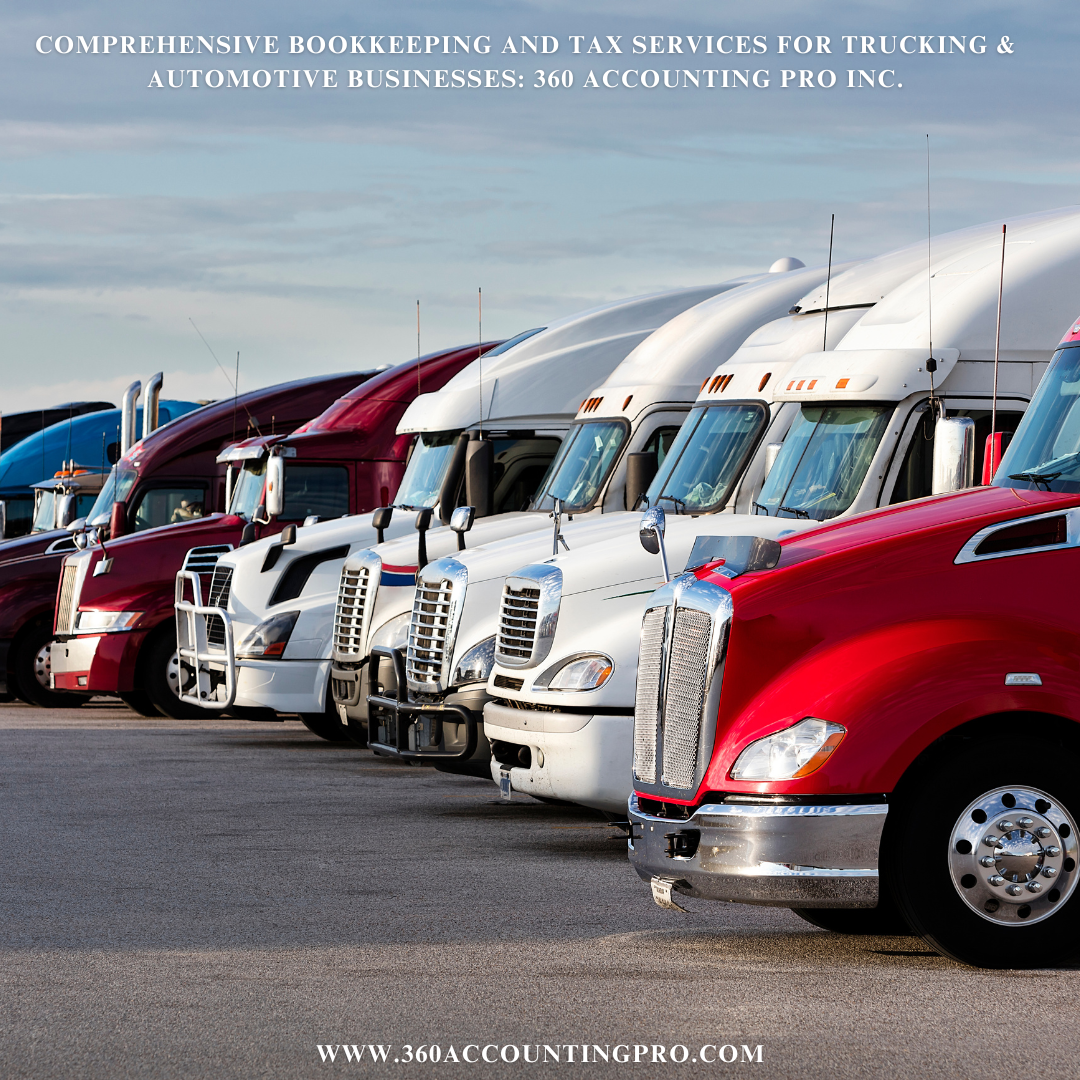










.jpg)
.jpg)
.jpg)
.jpg)


).jpg)




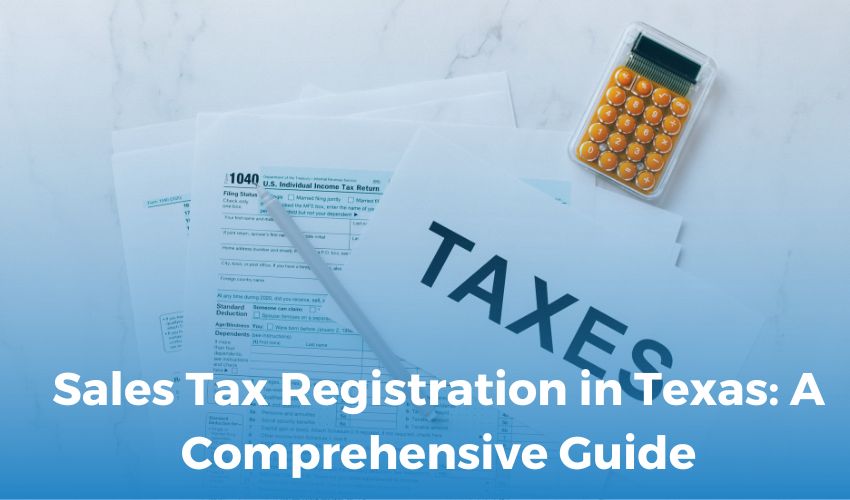
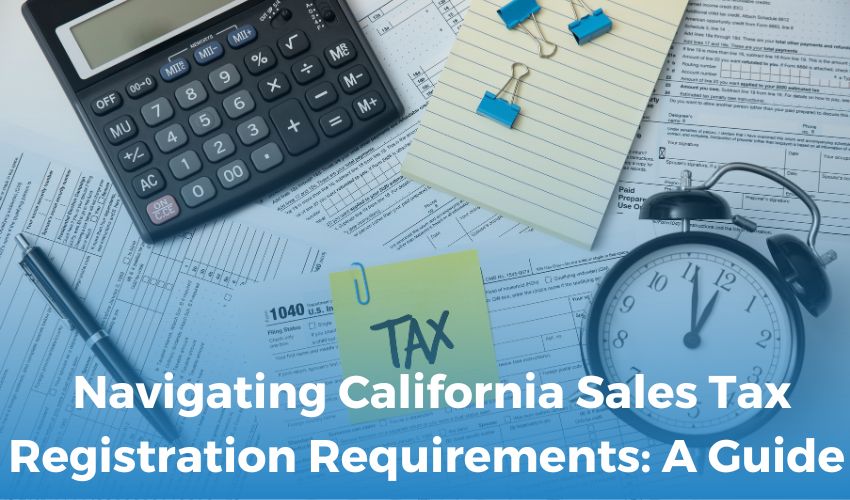





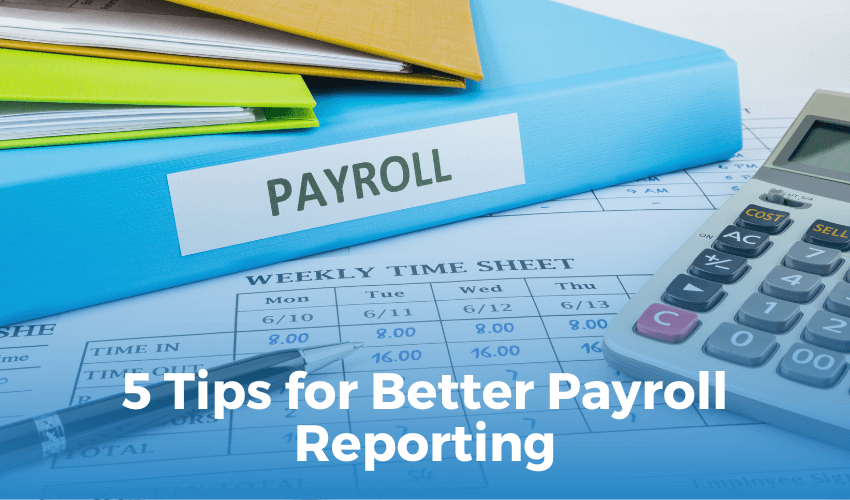


 Get A Quote
Get A Quote
Leave A Comment